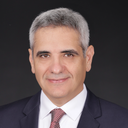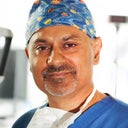Posted underFacelift q&a
What does releasing of ligaments mean in a facelift? How many would be released and where on the face, how are they reattached?
Answers (11)
From board-certified doctors and trusted medical professionals
Dr. Summit Kundaria, MD
Facial Plastic Surgeon, Board Certified in Otolaryngology – Head and Neck Surgery
Answer
More Facelift Questions
See all Facelift Q&AWE SEND PRETTY
EMAILS
What’s trending? Who’s turning heads? Which TikTok myths need busting? We’ve got you. No fluff, no gatekeeping—just real talk. Get our free, unfiltered newsletter.





